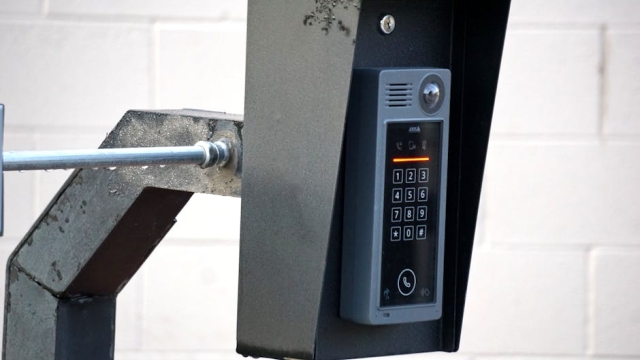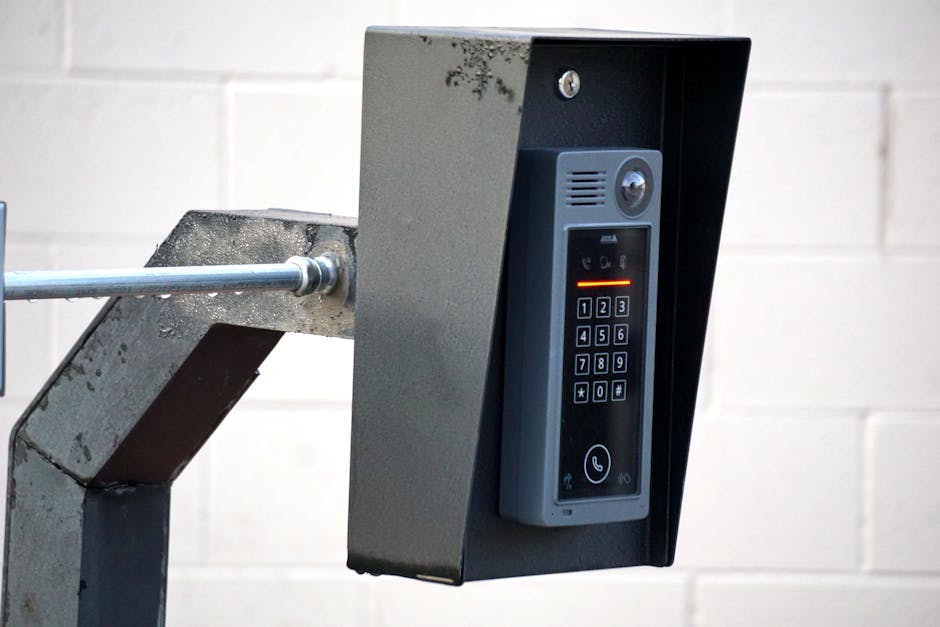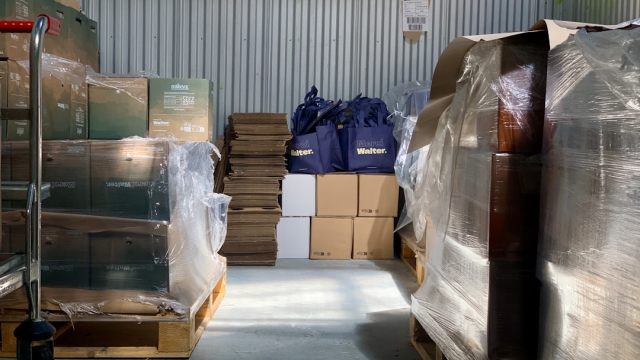In today’s fast-paced world, finding moments of relaxation and self-care is essential for maintaining overall well-being. One unique approach to rejuvenation is through the experience of a Japanese Head Spa. This traditional practice emphasizes not only the health of the scalp but also promotes relaxation and mental clarity. With its roots in Japanese wellness culture, a Japanese Head Spa offers a variety of treatments designed to detoxify the scalp, relieve stress, and enhance hair health. Let’s explore the benefits of this delightful experience, popular services available in New Jersey, and how to choose the right spa for your needs.
What is a Japanese Head Spa and Its Benefits for Scalp Wellness?
A Japanese Head Spa is a specialized treatment that focuses on the scalp, hair, and overall relaxation. This therapy combines elements of massage, aromatherapy, and various cleansing techniques to promote scalp health. The experience often begins with a gentle scalp massage, which stimulates blood circulation and encourages the delivery of nutrients to hair follicles. This is followed by deep cleansing treatments that remove impurities and excess oil, leaving the scalp feeling refreshed.
The benefits of a Japanese Head Spa extend beyond just scalp wellness. Many people find that these treatments significantly reduce stress and tension. The soothing atmosphere and expert techniques provide a sense of calm, making it a perfect escape from daily responsibilities. Additionally, regular sessions can lead to healthier hair growth, improved hair texture, and a balanced scalp environment, ultimately contributing to overall hair vitality.
Top Japanese Head Spa Services in New Jersey for Detox and Relaxation
New Jersey boasts a variety of establishments that offer authentic Japanese Head Spa experiences. Here are some popular services you might find:
1. Scalp Detox Treatments
These treatments focus on deep cleansing the scalp, removing buildup from products and environmental pollutants. Utilizing natural ingredients, the detox process helps restore the scalp’s natural balance, promoting healthier hair growth.
2. Aromatherapy Head Massages
Combining essential oils with traditional massage techniques, aromatherapy head massages enhance relaxation and alleviate tension. The calming scents not only soothe the mind but also contribute to a more enjoyable overall experience.
3. Hair and Scalp Conditioning
This service often includes the application of nourishing masks that hydrate and strengthen the hair while revitalizing the scalp. Ingredients such as botanical oils and plant extracts are commonly used to enhance the treatment’s effectiveness.
4. Stress Relief Packages
Many spas offer comprehensive packages that include a combination of head massages, scalp detox, and aromatherapy. These packages are designed to provide a holistic approach to relaxation and wellness.
For those looking for high-quality treatments, consider exploring local options such as Aura Head Spa. Their services are tailored to provide a genuine Japanese Head Spa experience that prioritizes your relaxation and scalp health.
How to Choose the Right Japanese Head Spa for Your Needs
Selecting the right spa is crucial for ensuring a satisfying experience. Here are some tips to help you find the ideal Japanese Head Spa:
- Research Services Offered: Look for spas that offer a variety of treatments tailored to your specific needs. Whether you are seeking detoxification, relaxation, or a combination, ensure the spa has appropriate services.
- Read Reviews: Customer reviews can provide valuable insights into the quality of service, ambiance, and overall satisfaction. Take the time to learn about others’ experiences before making a decision.
- Consider the Atmosphere: The environment plays a significant role in relaxation. Choose a spa that provides a calming and inviting atmosphere to enhance your experience.
- Consult with Professionals: Many spas offer consultations to discuss your concerns and preferences. Engaging with staff can help you tailor your treatment and ensure you receive the best care.
In summary, experiencing a Japanese Head Spa can be a transformative journey toward relaxation and wellness. With numerous services available in New Jersey designed for detox and scalp health, it’s an opportunity worth exploring. By choosing the right spa that aligns with your preferences, you can indulge in a rejuvenating experience that nourishes both your body and mind.



















